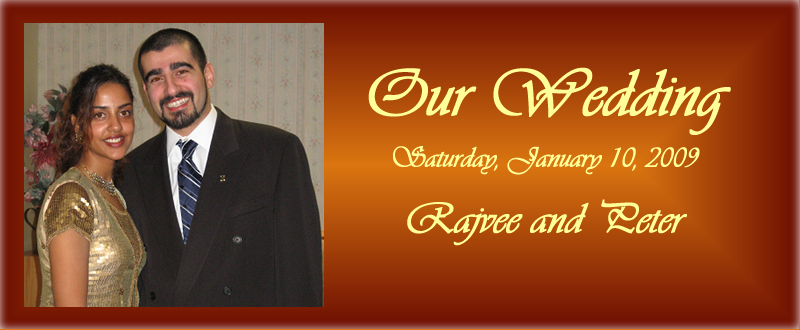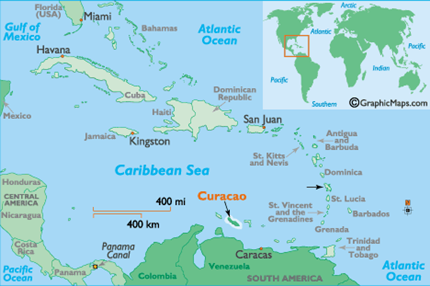
Curacao is an island in the southern part of the Caribbean off the north coast of Venezuela. Curacao is one of five islands of the Netherlands Antilles, and as such, is a part of the Kingdom of the Netherlands. Its capital is Willemstad. Curaçao is the largest and most populous (150,000) of the three so-called ABC islands (for Aruba, Bonaire, and Curaçao) of the Leeward Antilles. Because of its position, Curacao is located outside of the hurricane belt which makes it an ideal place to visit or live.

The original inhabitants of Curaçao were Arawak Amerindians. In the 16th century the Spaniards. exported most of the indigenous population to other colonies where workers were needed. The Dutch later occupied the island in 1634 and made Curaçao a center for slave trade in 1662. The slave trade made the island affluent and led to the construction of impressive colonial buildings that still stand today. Landhouses (former plantation estates) are scattered all over the island and some of them have been restored and can be visited.
During the 18th and 19th centuries, the island changed hands among the British, French, and Dutch several times. Stable Dutch rule returned in 1815 and slavery was abolished in 1863. In the 1900s Royal Dutch Shell and the Dutch government built an extensive oil refinery (now owned by the local government and leased to the Venezuelen state oil company) which stimulated economic growth and stability. The island also developed a tourist industry and offered low corporate taxes to encourage many companies to set up holdings.
Curaçao gained self-government on January 1, 1954 as an island territory of the Netherlands Antilles. In April 2005, together with Sint Maarten, the residents voted for a separate status outside the Netherlands Antilles, like Aruba, rejecting the options for full independence, becoming part of the Netherlands, or retaining the status quo. In December 2008 Curaçao will become a separate country within the Kingdom of the Netherlands (like Aruba and the Netherlands Antilles are now).
Curacao has a multi-cultural society. The languages widely spoken are Papiamentu (local creole language), Dutch, Spanish, and English. Many people can speak all four languages. The local cuisine is influenced by many cultures including Surinamese, Chinese, Indonesian, Indian and Dutch. Indonesian peanut sate chicken is a local favourite and is found all over the island.
(Wikipedia, http://en.wikipedia.org/wiki/Curacao).
Common Papiamentu Words and Phrases
| Bon bini | Welcome |
| Bon dia | Good morning |
| Bon tardi | Good afternoon |
| Bon nochi | Good evening or good night |
| Kon ta bai? | How are you? |
| Mi ta bai bon | I am fine |
| Danki | Thank you |
| Di nada | You're welcome |
| Homber | Man |
| Muhe | Woman |
Helpful Links
http://www.curamap.com/ (Interactive Curacao map and island guide)
http://www.k-pasa.com (a weekly dining and entertainment guide)
http://www.curacao.com (island guide and weather)
http://www.liveincuracao.com (island guide)
http://www.tourism-curacao.com/index.asp (tourism guide)
http://www.bigredislandguide.com/ (shopping and dining guide)
http://www.amigoe.com/english (news)
http://babelfish.yahoo.com/?fr=avbbf-us (langauge web translator)
http://www.donamaro.nl/papiamentu/ (Papiamentu web translator)